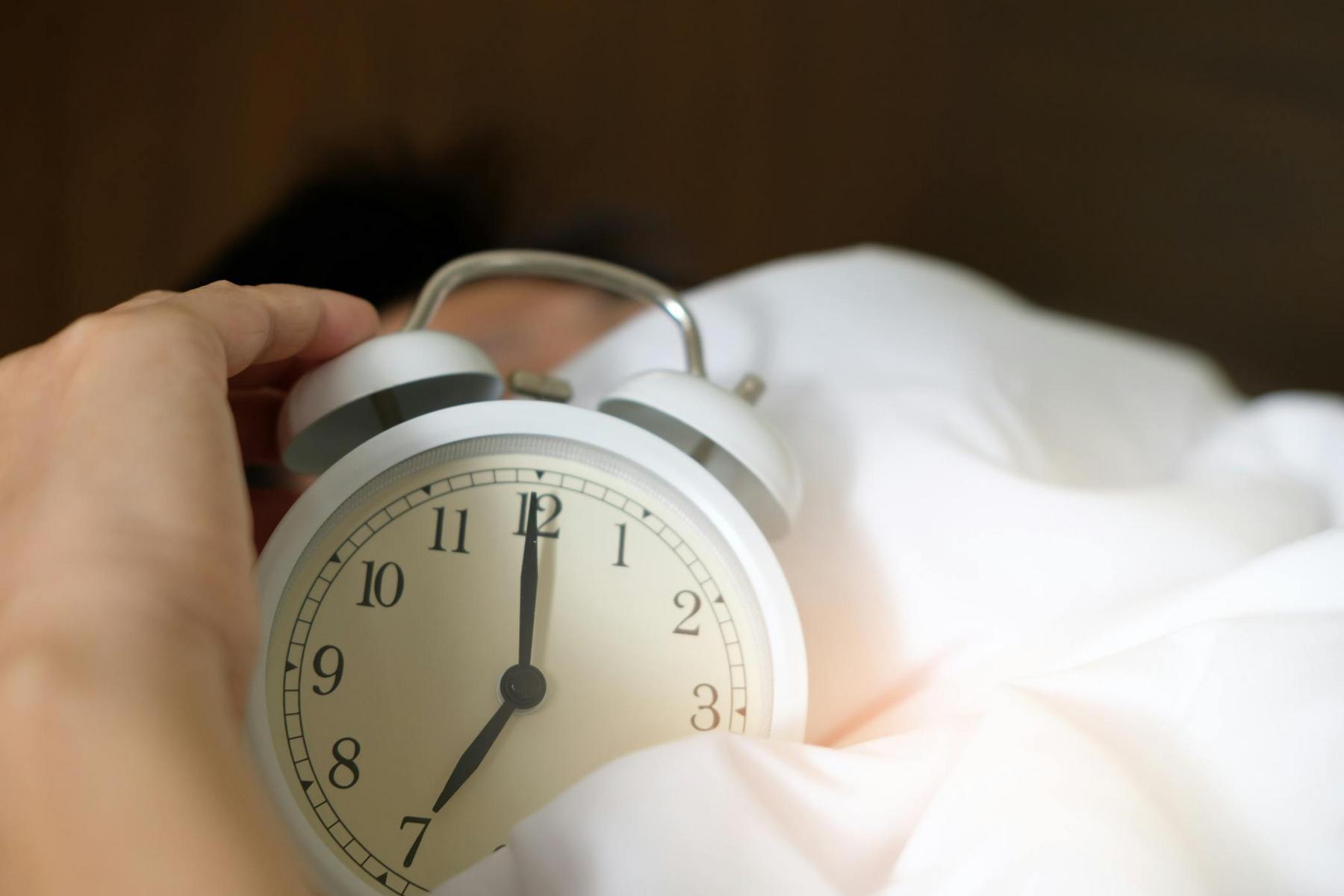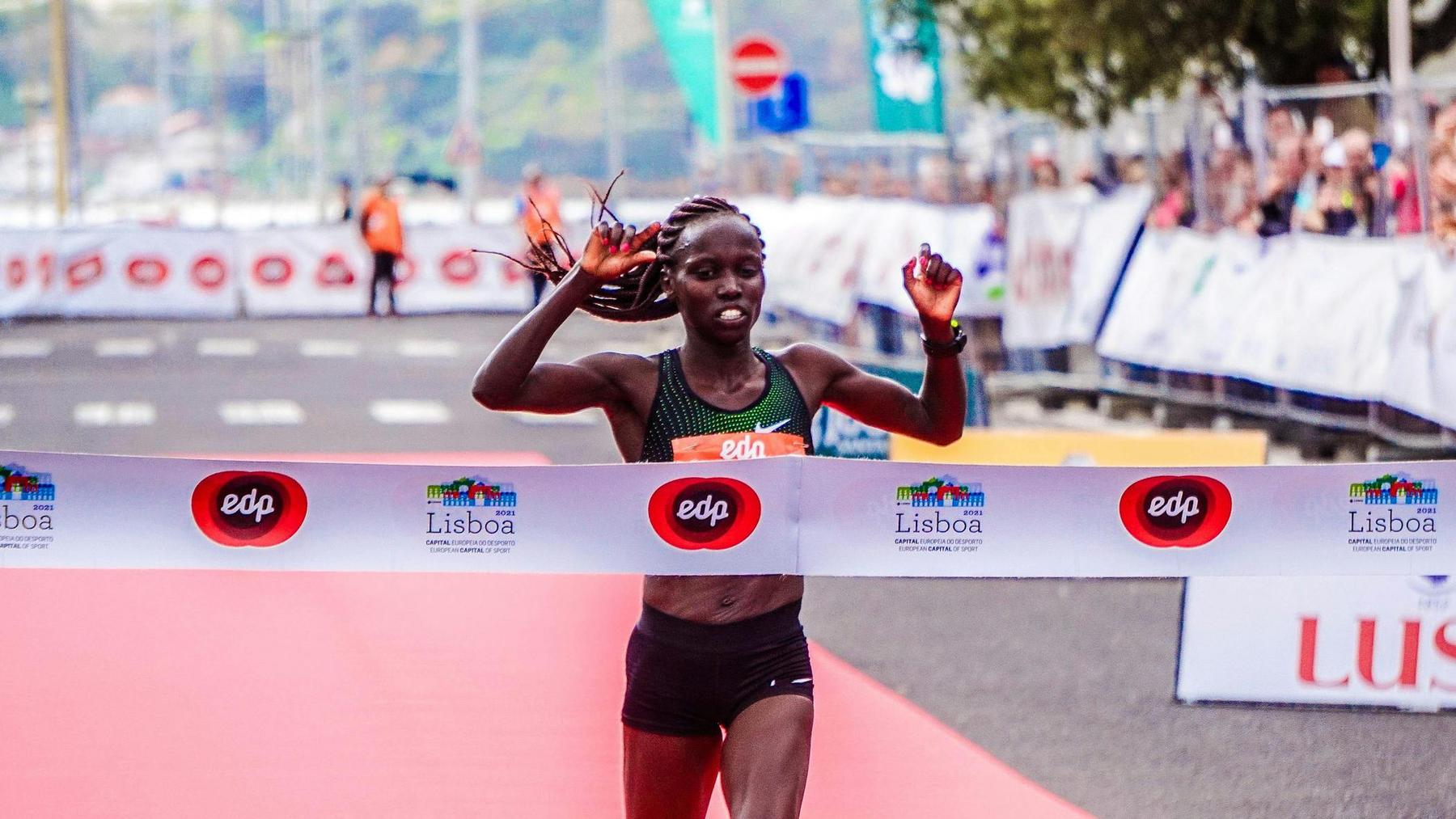The alarm rings at 6:30 am. For some Australians, this signals the start of an energised, productive morning. For others, it marks the beginning of a daily struggle against their own biology—a battle they’re destined to lose. The difference isn’t willpower, discipline, or motivation. It’s chronotype: the scientifically validated biological preference that determines when your body and mind naturally peak throughout the 24-hour cycle.
What Exactly Are Chronotypes and How Do They Differ From Circadian Rhythms?
Chronotypes represent an individual’s natural inclination to sleep at particular times during a 24-hour period, manifesting as behavioural expressions of underlying circadian rhythm processes. Whilst the terms are often used interchangeably, they’re fundamentally distinct concepts that work in tandem to regulate sleep-wake patterns.
Your circadian rhythm functions as the master biological clock—a roughly 24-hour cycle controlled by the suprachiasmatic nucleus (SCN) in the hypothalamus. This internal timekeeper regulates body temperature, hormone secretion, and countless physiological processes. Chronotype, conversely, reflects your individual variation in circadian phase, determining whether you’re biologically programmed to feel alert in the morning or evening hours.
The critical distinction lies in their malleability. Circadian rhythms can be temporarily ‘trained’ through strict schedule adherence and environmental cues, but your underlying chronotype exists on a more permanent basis. Research consistently demonstrates that whilst you can force yourself to maintain a schedule that contradicts your natural chronotype, the moment you stop this intervention, you’ll typically relapse to your biological default.
The biological mechanisms underlying chronotypes are remarkably complex. Morning types possess shorter intrinsic circadian periods (approximately 24.1 hours), leading to rapid phase advances and earlier sleep-wake preferences. Evening types exhibit longer intrinsic periods (approximately 24.3 hours), resulting in delayed sleep timing. These period differences accumulate over time, manifesting as the distinct chronotype preferences observed across populations.
Hormonal patterns further differentiate chronotypes. Dim-light melatonin onset (DLMO)—the most reliable circadian phase marker—varies by almost two hours between extreme morning and evening types. Core body temperature minimum occurs around 4:00 am in morning types compared to 6:00 am in evening types, with the temperature minimum occurring mid-sleep for morning individuals but closer to waking time for evening individuals.
What Are the Main Chronotype Categories and How Common Is Each Type?
Academic research identifies three primary chronotype categories, though popular models have expanded these classifications to enhance practical application. Understanding where you fall on this spectrum provides crucial insights into your optimal performance windows and potential health vulnerabilities.
The Three Academic Classifications:
- Morning Chronotypes (“Larks”): Individuals who prefer to wake early and retire early, experiencing peak physical and mental performance during the early part of the day. Extreme morning types represent approximately 10-15% of the population, with circadian phases advanced by 2-3 hours compared to evening types.
- Evening Chronotypes (“Owls”): Those who prefer staying up late and waking later, achieving peak mental and physical performance before sleep and during evening hours. Extreme evening types comprise approximately 20% of the population, though they experience higher subjective sleepiness throughout the day despite similar total sleep duration to other chronotypes.
- Intermediate Types (“Neither”): The majority of the population—representing 55-70% of individuals—falls into this category, exhibiting no strong preference for morning or evening and adapting reasonably well to varied schedules.
The distribution of chronotypes across populations follows a normal, bell-shaped curve, as demonstrated by Roenneberg and colleagues in a landmark study examining over 55,000 individuals. Extreme larks and owls are relatively rare, with the vast majority of people clustering towards the intermediate range.
| Chronotype Category | Population Prevalence | Circadian Phase | Peak Performance Window |
|---|---|---|---|
| Morning Type (Larks) | 10-15% (extreme form) | Advanced 2-3 hours | Early morning to midday |
| Intermediate Type | 55-70% | Standard circadian timing | Mid-morning to afternoon |
| Evening Type (Owls) | 9-20% | Delayed 2-3 hours | Late afternoon to evening |
Age significantly influences chronotype distribution. Most children naturally exhibit morning preferences, but adolescence triggers a marked shift towards eveningness, peaking around ages 19-21 for both sexes. This biological reality underpins the ongoing debate about school start times and adolescent wellbeing. Following this peak, individuals gradually shift back towards morning preferences throughout adulthood, with the greatest diversity of chronotypes observed in populations over 65 years.
Gender differences also emerge in chronotype distribution. Women tend towards earlier chronotypes than men until approximately age 50, when these differences disappear. This pattern reflects complex interactions between hormonal changes, social roles, and biological ageing processes.
How Does Genetics Influence Your Natural Chronotype Preference?
The scientific evidence for genetic influence on chronotype is robust and compelling. Approximately 50% of chronotype variance is attributable to genetic factors, as demonstrated through multiple twin studies. This heritability remains consistent across different age groups, indicating that genetic contribution operates throughout the lifespan rather than emerging at particular developmental stages.
Rather than a single ‘chronotype gene,’ multiple polygenic pathways contribute to individual variation. Meta-analyses of genome-wide association studies (GWAS) have identified up to 351 genetic loci associated with chronotype, reflecting the complexity of circadian regulation at the molecular level.
Key clock genes identified in chronotype determination include:
Core Circadian Regulators:
- PER2 and PER3 (Period genes): The longer PER3 gene allele associates with morning preference, whilst the shorter version correlates with evening preference.
- CRY1 (Cryptochrome gene): Established circadian regulator affecting phase timing.
- CLOCK and BMAL1: Core clock gene heterodimers that form the molecular foundation of circadian rhythms.
Additional Associated Genes:
- FBXL13, RGS16, and AK5: Identified across multiple GWAS studies.
- NR1D2 (Rev-erbβ): Associated with both chronotype and metabolic function.
- Various genes affecting light sensitivity and circadian entrainment.
The intrinsic circadian period differences driven by these genetic variations create cascading effects throughout physiology. Morning types don’t simply prefer waking early—their entire biological clock runs slightly faster, advancing the timing of hormone secretion, body temperature rhythms, and cognitive performance peaks.
Sleep homeostasis—the process by which sleep pressure accumulates during wakefulness and dissipates during sleep—also varies by chronotype. Evening types demonstrate slower sleep pressure accumulation whilst awake and slower decrease during sleep, leading to delayed sleepiness rhythms and relative morning sluggishness. Morning types exhibit faster pressure accumulation kinetics, contributing to their natural tendency towards earlier bedtimes.
Importantly, genetic predisposition doesn’t operate in isolation. Gene-by-environment interactions substantially modulate chronotype expression. Individual variation in circadian light sensitivity, itself a heritable trait, affects how strongly environmental light exposure influences your chronotype. Greater daytime light exposure associates with earlier chronotypes and easier awakening, regardless of genetic predisposition.
What Impact Does Chronotype Have on Cognitive Performance and Mental Function?
The relationship between chronotype and cognitive performance centres on the concept of the ‘synchrony effect’—the phenomenon whereby individuals perform optimally when task timing aligns with their chronotype preference. However, recent comprehensive research reveals a more nuanced picture than popular understanding suggests.
A meta-analysis examining 65 studies found that more than 80% showed no main effect of chronotype on cognitive function when time-of-day wasn’t considered. This finding challenges the notion that one chronotype possesses inherent cognitive advantages over others. Instead, the critical factor is timing alignment between task demands and individual chronotype.
The Synchrony Effect Across Age Groups:
Young adults demonstrate synchrony effects in approximately 45% of studies, primarily affecting attention, inhibition, and memory tasks. Morning types show faster processing speeds, lower error rates, and superior performance on attention-demanding tasks during morning hours. Evening types achieve comparable or superior performance on complex creative tasks and potentially demonstrate higher intelligence scores in specific domains when assessed during their optimal hours.
Older adults exhibit synchrony effects in 83% of studies—a striking difference from younger populations. The effects prove particularly pronounced for fluid cognitive abilities, suggesting that chronotype-performance alignment becomes increasingly critical with advancing age.
Brain Activation Patterns:
Electroencephalography (EEG) and event-related potential (ERP) studies reveal distinct neural activation patterns between chronotypes. Evening types display higher alpha and beta power in posterior brain regions during evening hours, indicating enhanced neural readiness. P300 latency—a measure of neural processing speed—differs by chronotype and time of day, with evening types showing reduced P300 latency during evening hours, reflecting faster neural processing.
These neural differences translate into practical performance outcomes. Morning types consistently demonstrate better executive function during optimal morning times, whilst evening types experience compromised morning performance but superior evening capabilities.
Academic Performance Considerations:
Morning types tend to outperform evening types in traditional school settings, though effect sizes often remain modest. This advantage largely disappears when classes occur during afternoon hours or assessments are administered in early afternoon periods. The relationship between evening chronotype and academic achievement proves stronger in school students compared to university students, likely reflecting the greater scheduling flexibility available at tertiary level.
The implication is clear: the traditional ‘9-to-5’ or school day schedule systematically advantages morning chronotypes whilst disadvantaging evening types, irrespective of actual cognitive capability.
How Does Chronotype Affect Sleep Quality and Overall Wellbeing?
The relationship between chronotype and sleep quality represents one of the most significant health implications of circadian biology. Evening chronotypes face substantially elevated risks for poor sleep quality, particularly when societal schedules conflict with biological preferences.
A comprehensive study of 4,768 university students revealed that evening types experienced poor sleep quality at rates of 23.2% compared to 11.9% for morning types—nearly double the prevalence. The odds ratio for poor sleep quality in evening types reached 1.87 (95% confidence interval 1.59-2.20), demonstrating a robust statistical relationship even after controlling for confounding variables.
Understanding ‘social jetlag’:
The term ‘social jetlag,’ coined by chronobiologist Till Roenneberg, describes the mismatch between biological time and socially imposed time. The average person wakes approximately two hours earlier on workdays compared to free days, without corresponding earlier bedtimes, resulting in approximately one hour of daily sleep debt throughout the working week.
This phenomenon affects evening types disproportionately. Their biological clocks signal sleep readiness later in the evening, yet societal expectations demand early waking. The result is accumulated sleep debt, chronic fatigue, daytime sleepiness, and mental exhaustion. Morning types experience minimal social jetlag under typical schedules, as their biological preferences align closely with conventional working hours.
Sleep Parameters and Chronotype:
Morning types typically achieve earlier sleep onset (averaging 23:00) and earlier waking, with longer sleep duration during weekdays when following standard schedules. Evening types demonstrate later sleep onset (averaging 01:08), later waking, and greater variation between weekend and weekday sleep patterns. Evening types accumulate significant sleep debt during weekdays and compensate extensively on weekends, often sleeping 1-1.5 hours longer on free days.
Crucially, when free from social constraints, chronotypes show no significant differences in total sleep duration. The sleep quality issues observed in evening types primarily reflect circadian misalignment rather than intrinsic sleep difficulties.
Health Implications Beyond Sleep:
The consequences of chronic circadian misalignment extend far beyond poor sleep quality. Evening chronotype represents a risk factor for numerous health conditions:
Mental Health Associations:
- Depression: Multiple studies demonstrate 1.5-2× increased risk.
- Anxiety: Associated with elevated anxiety symptoms.
- Bipolar disorder: Evening chronotypes exhibit more severe symptoms and comorbidities.
- Substance use: Higher rates observed in evening chronotypes.
Research published in Nature demonstrates that sleep quality fully mediates the chronotype-depression relationship in young adults, suggesting that addressing circadian misalignment may prove more therapeutically relevant than chronotype itself.
Metabolic and Cardiovascular Health:
- Increased obesity risk (up to 2× increase with genetic risk factors).
- Elevated Type 2 diabetes prevalence.
- Greater metabolic syndrome rates.
- Higher cardiovascular disease risk.
- Increased hypertension rates.
Cognitive Decline and Neurodegeneration: Evening chronotypes face elevated risks for cognitive decline in older age, with circadian misalignment associated with Alzheimer’s disease-like patterns. These findings underscore the long-term consequences of sustained chronotype-schedule mismatch.
How Can Australians Optimise Their Schedules According to Their Chronotype?
Understanding your chronotype provides actionable insights for optimising daily performance, protecting mental wellbeing, and reducing health risks. Australia’s geographic position, with latitude ranging from tropical north to temperate south, creates moderate seasonal photoperiod variation affecting circadian entrainment—approximately 6 hours of daylight difference between winter and summer in southern regions.
Workplace Scheduling Strategies:
Forward-thinking organisations increasingly recognise that chronotype-matched scheduling enhances productivity and employee wellbeing. Research demonstrates that evening types perform 30% better when working during optimal hours compared to forced early schedules. Practical workplace implementations include:
- Flexible start times allowing employees to align work hours with biological preferences.
- Core meeting hours scheduled midday when all chronotypes achieve intermediate performance.
- Task allocation matching cognitive demands to individual peak performance windows.
- For shift workers, matching chronotype to shift type significantly improves sleep duration, quality, and overall wellbeing.
Educational Considerations:
The adolescent shift towards evening chronotype creates substantial challenges within traditional school systems. California’s recent legislation mandating later start times for middle and high schools reflects growing recognition of this biological reality. Seattle’s school delay study demonstrated that a one-hour later start time increased student sleep duration, decreased social jetlag, and improved both attendance and academic performance.
University scheduling offering multiple session options reduces chronotype-based disadvantages, with 11:00 am or later start times optimal for maximising cognitive function across diverse student populations.
Personal Optimisation Approaches:
Individual strategies for chronotype optimisation include:
- Sleep Timing Alignment: Schedule bedtime and wake time according to natural preferences whenever possible, particularly on free days.
- Strategic Task Scheduling: Reserve critical cognitive work for personal peak hours—morning for larks, evening for owls.
- Light Exposure Management: Morning light advances chronotype; evening light delays it. Evening types benefit from increased morning light exposure, whilst morning types should maximise daytime light and minimise evening exposure.
- Physical Activity Timing: Morning exercise helps advance evening chronotypes; evening exercise risks delaying morning chronotypes further.
- Consistency Prioritisation: Regular sleep-wake timing proves more important than total sleep duration for health outcomes.
AHPRA-Registered Professional Guidance:
Given the substantial health implications of chronic circadian misalignment, screening for chronotype during health assessments enables personalised approaches to wellness. Qualified healthcare professionals can evaluate individual circadian patterns, identify potential health risks associated with chronotype-schedule mismatch, and develop tailored strategies for optimising wellbeing within the constraints of modern life.
Embracing Your Biological Blueprint for Enhanced Wellbeing
The science of chronotypes reveals a fundamental truth: individual variation in circadian biology isn’t a lifestyle choice or character flaw—it’s a genetically influenced, biologically determined aspect of human physiology. Approximately 50% of chronotype variance stems from inherited factors, manifesting through complex interactions between multiple clock genes, hormonal rhythms, and sleep homeostasis mechanisms.
For the estimated 20% of Australians with evening chronotypes, modern societal structures create persistent biological challenges. The accumulated sleep debt, social jetlag, and circadian misalignment experienced by evening types forced into morning schedules produces measurable health consequences, including elevated risks for depression, metabolic disorders, and cognitive decline. These outcomes aren’t inevitable consequences of evening preference—they’re the predictable results of sustained mismatch between biological time and social time.
The path forward requires both individual awareness and societal adaptation. On a personal level, understanding your chronotype enables strategic scheduling of sleep, work, exercise, and light exposure to maximise alignment with biological rhythms. On a broader level, flexible workplace policies, educational schedule reforms, and healthcare approaches that acknowledge circadian diversity can substantially reduce the health burden imposed by one-size-fits-all timing structures.
As Australia’s healthcare and wellness sectors increasingly recognise the significance of personalised approaches to wellbeing, chronotype assessment offers a scientifically validated framework for tailoring lifestyle recommendations to individual biology. The intermediate majority and morning types already benefit from conventional schedules, but extending this advantage to evening chronotypes requires intentional design of work, education, and social systems that respect biological diversity.
The evidence is unambiguous: when individuals can align daily activities with their natural chronotype, they experience better sleep quality, enhanced cognitive performance, improved mental health, and reduced disease risk.
Can you permanently change your chronotype?
Chronotype proves remarkably resistant to permanent change. Whilst temporary shifts are possible through strict schedule adherence, light therapy, or other interventions, individuals typically revert to their natural chronotype once these efforts cease. Genetic factors, accounting for approximately 50% of chronotype variance, ensure that your biological preference remains largely stable.
Do morning chronotypes really perform better academically and professionally?
Morning chronotypes often appear to excel in conventional schedules, but this is largely due to societal structures favoring early schedules. When tested during their optimal times, differences in cognitive performance largely disappear, suggesting that the observed advantages stem from timing alignment rather than inherent superiority.
Is being an evening chronotype unhealthy?
Evening chronotype itself isn’t inherently unhealthy. The health risks arise from chronic misalignment between one’s biological clock and socially imposed schedules. When evening types are able to maintain sleep patterns that align with their natural rhythms, many of the associated health disadvantages, such as increased risks for depression and metabolic disorders, are mitigated.
How much does light exposure actually influence chronotype?
Light exposure is the most powerful environmental regulator of circadian timing. Morning light tends to advance the clock, while evening light delays it. However, individual sensitivity to light is also heritable, meaning that while light exposure can shift your rhythm within your biological range, it won’t fundamentally change your inherent chronotype.
Should shift workers be selected based on chronotype?
Research supports matching shift schedules with an individual’s chronotype. Aligning work hours with biological preferences can improve sleep quality, reduce fatigue, and enhance overall performance, indicating that chronotype-based shift allocation could be beneficial for employee wellbeing.













